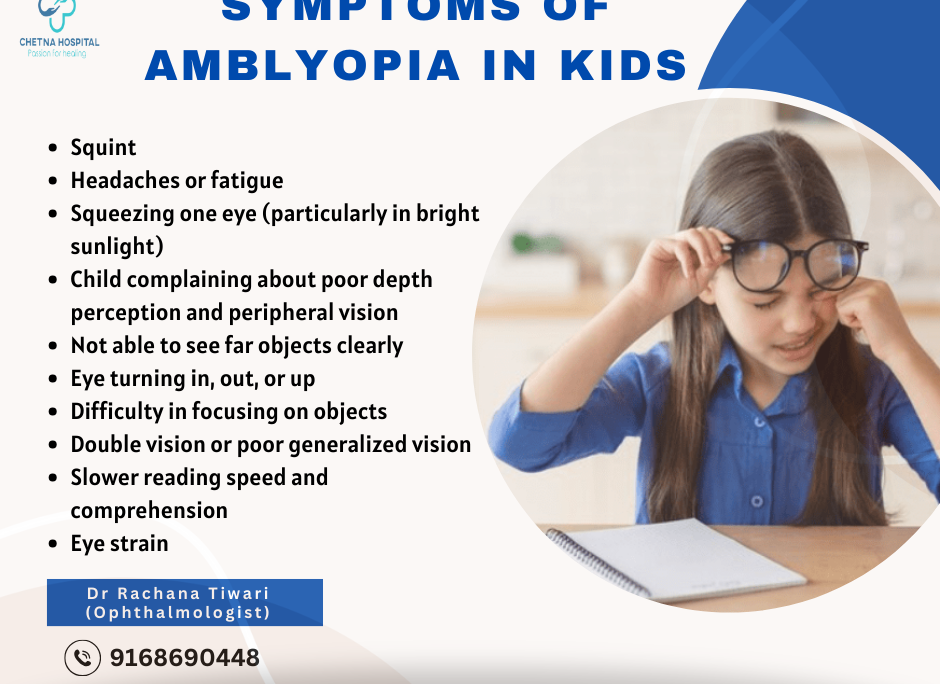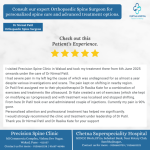Amblyopia, commonly known as ‘lazy eye,’ is a condition that affects the vision development in children. It occurs when one eye has significantly better focus and clarity than the other, leading the brain to favor the stronger eye and ignore signals from the weaker one. This can result in reduced visual acuity in the weaker eye if left untreated.
Causes and Risk Factors: Amblyopia can have various causes and risk factors, including refractive errors such as nearsightedness, farsightedness, or astigmatism in one eye, strabismus (misalignment of the eyes), or other eye conditions that prevent clear vision in one eye during early childhood.
Importance of Early Detection: Early detection and intervention are crucial in treating amblyopia. Children should have regular eye exams starting in infancy to detect any vision issues early on. Amblyopia is most effectively treated before the age of 7 or 8 when the visual system is still developing and more adaptable to treatment.
Signs and Symptoms: It’s essential for parents and caregivers to be aware of the signs and symptoms of amblyopia, which may include:
- Persistent squinting or closing one eye
- Tilting the head to see better
- Poor depth perception
- Difficulty focusing
- Eyes that do not appear to work together
Diagnosis and Treatment: Diagnosing amblyopia typically involves a comprehensive eye examination by an ophthalmologist or optometrist. Treatment options may include:
- Corrective lenses: If refractive errors are causing amblyopia, prescription glasses may be prescribed to help improve vision in the weaker eye.
- Eye patching: Patching the stronger eye to encourage the weaker eye to work harder and improve visual acuity.
- Vision therapy: Exercises and activities designed to strengthen eye muscles and improve coordination between the eyes.
- Atropine eye drops: These drops can blur the vision in the stronger eye, similar to patching, without the need for wearing an eye patch.
The Importance of Compliance and Follow-Up: Successful treatment of amblyopia requires consistent compliance with the prescribed treatment plan. Parents play a vital role in ensuring their child wears glasses, patches the eye as directed, or follows through with vision therapy exercises. Regular follow-up appointments with the eye care provider are also essential to monitor progress and make any necessary adjustments to the treatment plan.
Empowering Children for a Brighter Future: By addressing amblyopia early and providing appropriate treatment, we can empower children to achieve their full visual potential and enjoy a lifetime of clear vision. It’s never too early to prioritize your child’s eye health and ensure they have the best start in life.”
#hospital #pune #pcmc #chinchwad #medical #medicalservices #dryeyetreatment #dryeyerelief #dryeyedisease#dryeyetherapy #catract #catractsurgery #catracteyesurgery #catracteyeoperation #eyedoctor #eye #glaucoma #conjunctivitis #ophthalmologist #eyediseases #eyepain #pinkeye #hazeleyes #myopia #eyeinfection #amblyopia













